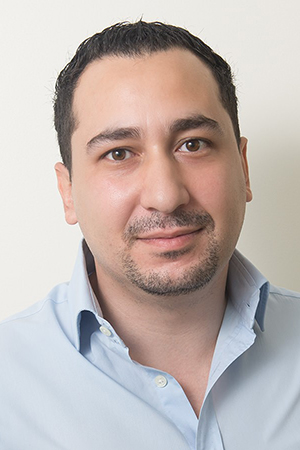1. I broke a tooth, what should I do?
If you can find the fractured tooth fragment, store it in milk or saliva. Book an appointment with your dentist immediately. According to the extent and type of fracture, the dentist can determine whether the fractured tooth should be monitored, treated or removed.
2. Can I get my tooth fixed on the same day? What kind of treatments can be done to fix a broken tooth?
Minor fractures that involve only the enamel (hard outer covering of a tooth) can be fixed on the same day by bonding the existing fragment or composite restoration.
For larger fractures involving enamel and dentin (hard tissue beneath the enamel), they can be fixed the same way as enamel fractures but crowns are sometimes required needed as a definitive restoration.
For adults where the pulp (nerve) become exposed, root canal treatment is usually required, followed by a crown for definitive restoration, this re quires an endodontist (root canal specialist) and a general dentist and may take several visits to the dental clinic. For young patients, it is very important to preserve the vitality of the pulp to secure further root development.
 When the root is fractured with and without pulp (nerve) exposure, temporary stabilization can be made on the same day, definitive treatments can vary from removal of the fragment to extraction of the affected tooth.
When the root is fractured with and without pulp (nerve) exposure, temporary stabilization can be made on the same day, definitive treatments can vary from removal of the fragment to extraction of the affected tooth.
All fractures normally require clinical and radiographic (x-rays) control at 6-8 weeks and 1 year.
3. How long does the treatment take?
If only a small piece of enamel broke off, the repair can usually be done simply in one office visit. A badly damaged or broken tooth may require a more lengthy procedure.
Composite fillings are generally done in one session. If a root canal treatment is required, ?it can often be performed in one or two visits ?by the endodontist. ????
Crowns usually take two visits to the dentist’s office. During the first visit, your dentist will build up the tooth, prepare it for a crown, take an impression then place a temporary crown. On the second visit, your dentist will remove the temporary crown and check the fit of the permanent one before permanently cementing it in place.
4. What’s the result like? Will I be able to eat and speak normally?
The main objective of dental treatment is the elimination of the etiologic factors and the rehabilitation of function and esthetics. Restorations will function like natural teeth, it is advisable to avoid certain foods that may damage your teeth like carrots or nuts and maintain good oral hygiene by brushing and flossing daily.
5. Are these permanent solutions? How long will the results last?
Although composites are permanent restorative materials, a composite may get discolored over time and porcelain is considered more durable compared to composite resin material. Your dentist can advise you about the best possible treatment to your case according to the extent of fracture.
6. Is the procedure painful? Will I require anesthesia?
Bonding and small fillings are simple procedures that typically does not require numbing the tooth.
However, if the treatment plan involves preparation of the tooth and root canal, procedures will be performed under local anesthesia. Your dentist will always make sure that treatments are pain-free.
7. Is the procedure the same for young children?
If your child broke a tooth, it is very important to book an appointment with your child pediatric dentist as soon as possible. If possible, keep your child’s fractured tooth fragment in a clean container with milk or saliva and bring it with you to the dentist.
Children’s primary (baby) teeth can be esthetically restored. However, primary teeth that have been knocked out typically should not be replanted to avoid damaging the underlying permanent tooth.
Children’s permanent teeth that are not fully developed need special attention and careful follow-up. In an immature permanent tooth, it is important to preserve the vitality of the tooth and stimulate the root growth to save the natural tooth. This procedure is done by an endodontist.
With thanks to Dr. Omar Aldaoudi